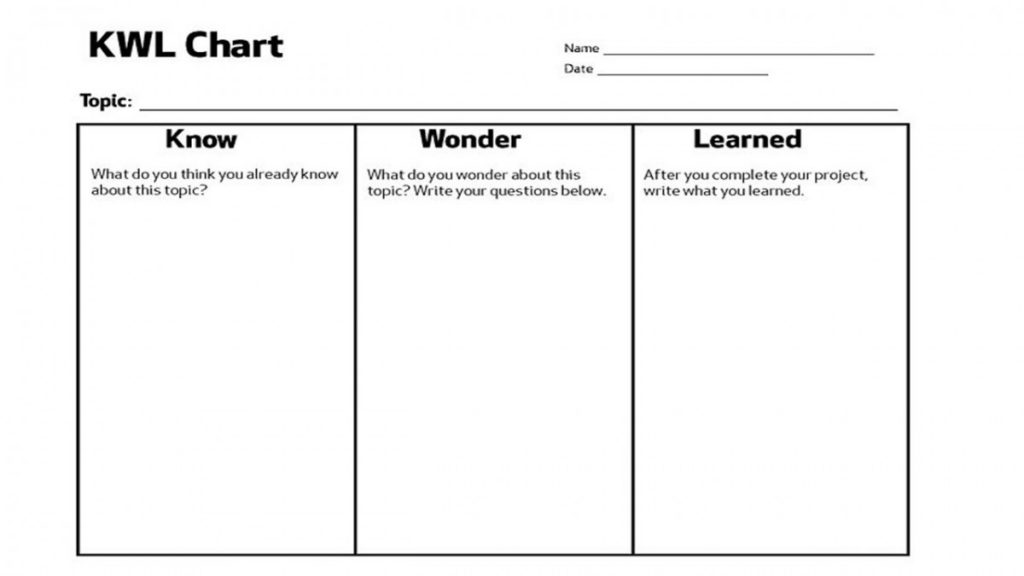General Pre-reading Strategies:
- Check your environment and remove distractions.
- Activate your schema
- Survey the text (preview). Look at the headings and subheadings, any special features, and the length.
- Preview the text using the appropriate method.
- Learn new vocabulary.
Preview Method 1 (Use This When You Have A Title)
- Read the title. Use it to activate your schema.
- Ask, “What do I already know about this topic?” Jot down a quick list of what you know.
Sample Practice: The title of the book you will read is Narrative of the Life of Frederick Douglass.
Ask yourself, “What do I already know about the life of Frederick Douglass?” Then make a list of your schema (prior knowledge) of Frederick Douglass.
Preview Method 2 (Use this for an article or chapter)
- Read the first and last paragraph.
- Read the first sentence of each paragraph.
- Write down or talk with a partner about what you expect you will learn about in the reading.
Attribution: Adapted from Making Connections: Mindful Reading and Writing, by Julie Damerell, Monroe Community College. License: CC BY.
Before reading
Use this preview method for a reading that does not have labeled sections or subtitles
Follow all of the steps for Before Reading and During Reading with a selected passage. Before you begin, number each of the paragraphs in the essay.
- Read the first and last paragraphs.
- Then read only the first sentence of every paragraph between the first and last.
- After you have read that much, write down the topic of the essay. Use the box below for this.
ANSWER FOR #3
| Topic of the essay: |
- The first paragraph of an essay is called the introductory paragraph and has a structure that is unlike the structure of body paragraphs. Instead of a topic sentence, it has a thesis. Underline the thesis of the reading. According to the thesis, predict three kinds of information the author will include in the text.
ANSWER FOR #4
| 1.
2. 3. |
LICENSES AND ATTRIBUTIONS
Public domain content – Modified from Making Connections. Authored by: Julie Damerell. Provided by: Monroe Community College. Located at: http://www.monroecc.edu/. License: CC BY: Attribution License: Public Domain: No Known Copyright
Pre-reading Activities
Pre-reading introduces the background and provides the context of reading. It also develops students’ prior knowledge for reading, especially for challenging texts. Pre-reading activities can occur in many forms and serve different purposes. Students can complete these guided activities in class or at home.
Pre-reading guides: these can include pre-reading questions that build students’ background knowledge about a topic. Anticipation guides ask students to match their perceptions to the actual knowledge presented in the texts. KWL charts connect students’ prior knowledge to what they are about to learn from reading.
Mind maps: they help students to associate their ideas and experiences to key concepts in the texts. They can be used in groups and class discussion as pre-reading activities.
Vocabulary previews: Introducing key or unfamiliar vocabulary words help prepare students for complex texts. A vocabulary guide/list can be used to ask students to apply Using Context Clues or Structural Analysis while reading or look up word meanings in advance.
Pre-reading Guides
These reading guides are designed to develop or activate a schema of background knowledge to facilitate critical reading and thinking through writing, visual mapping, and discussion. Some of the items/questions allow students to preview the reading, while others develop students’ vocabulary and awareness of certain concepts found in the texts.
Pre-reading questions:
Before you read “Are College Lectures Fair?” by Annie Murphy Paul, briefly respond to the following questions:
1. Just by looking at the title, what do you think the author is going to discuss?
2. Can you think of instances when you felt that some lectures in high school or college took a specific cultural form that favored certain groups of people while discriminating against others?
3. Between lectures and active learning activities such as in-class learning exercises and projects, which do you prefer? Why?
4. Briefly describe the best classroom experience you have had in high school or college.
Attribution: “Pre-reading Activities” by Juanita But. License: CC BY-NC
KWL Chart:

Attribution: “KWL Chart”, by Peartreeedu, Wikimedia Commons. License: CC BY-SA
Mind Map:

Attribution: “Mind Map” by Juanita But. License: CC BY-NC


